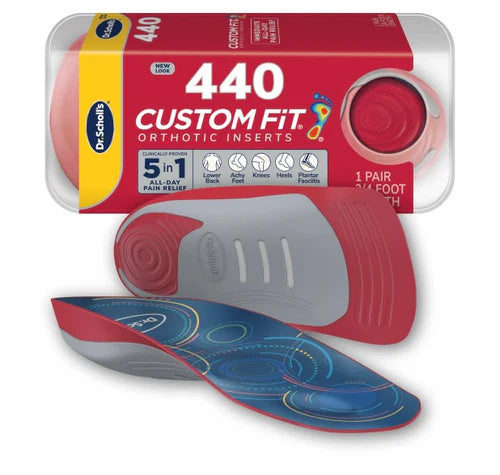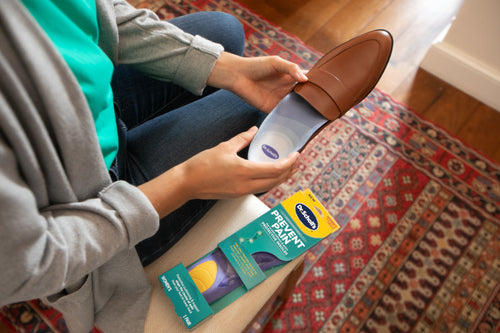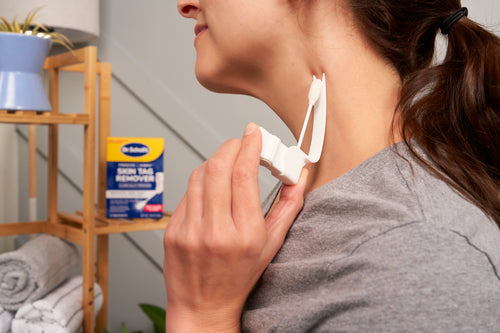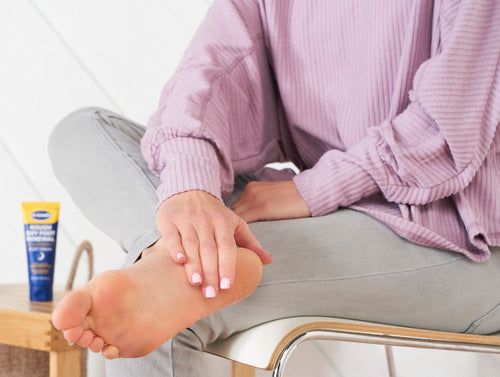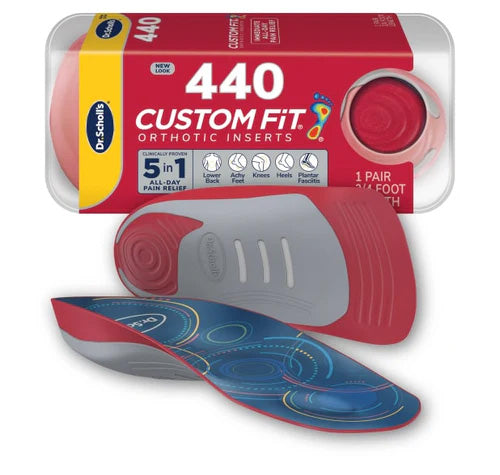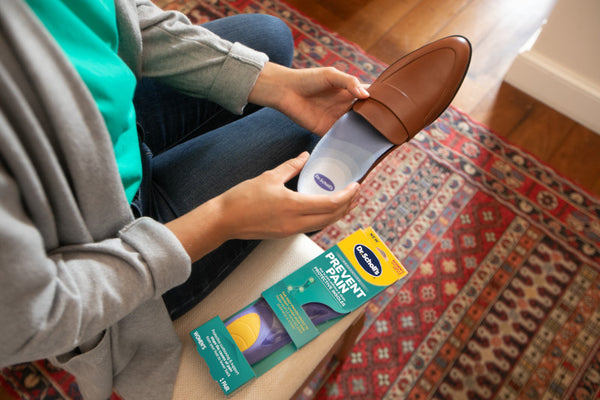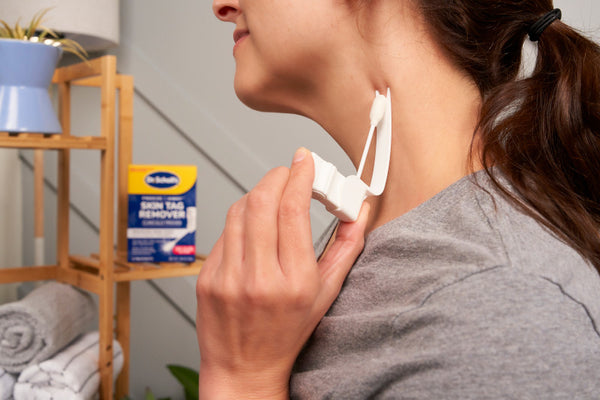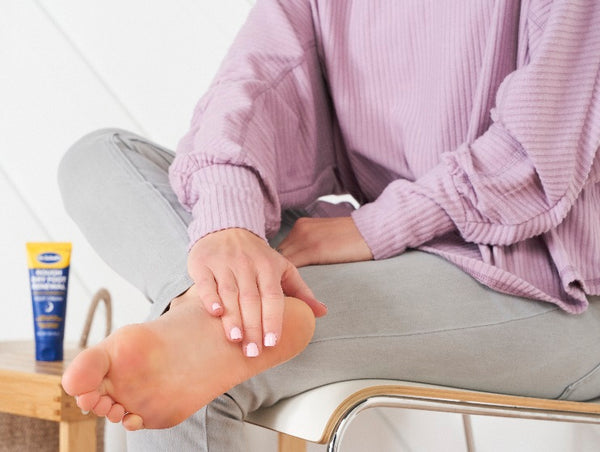A bunion, also referred to by the medical term hallux valgus, is a bony bump that forms along the base of the big toe joint. Bunions develop when the toe joint becomes misaligned, pulling the tip of the big toe towards the second toe. This forces the bone at the base of the toe to protrude. When there’s a bunion, the big toe may no longer appear straight and a bump may be visible at the base. Smaller bunions, also called tailor’s bunions or bunionettes, can develop on the pinky toe.
Bunions are more common in women than in men. They tend to develop slowly and progress over time. Bunions can be painful and sore to the touch, and some appear red and inflamed. Ill-fitted shoes can aggravate bunions even further by rubbing and pressing against the bump. Severe bunions can cause so much pain that everyday activities such as walking may become difficult.
In addition to pain and inflammation, bunions can cause a number of symptoms and complications, including:
- Limited range of motion — The big toe can become stiff from the effects of a bunion. It may be painful and difficult to bend the toe.
- Numbness — Bunions can cause nerve damage, potentially leading to a loss of sensation in the big toe.
- Corns and calluses — Thickened skin, including corns and calluses, can form on and around a bunion as a result of shoes rubbing against the swollen, bulging area.
- Hammertoes — If ill-fitted shoes are worn, bunions can force the toes into tight spaces, squeezing them into unnatural positions. This can lead to hammertoes.
- Osteoarthritis — Bunions can damage the joint at the base of the toe, increasing the risk of osteoarthritis.

